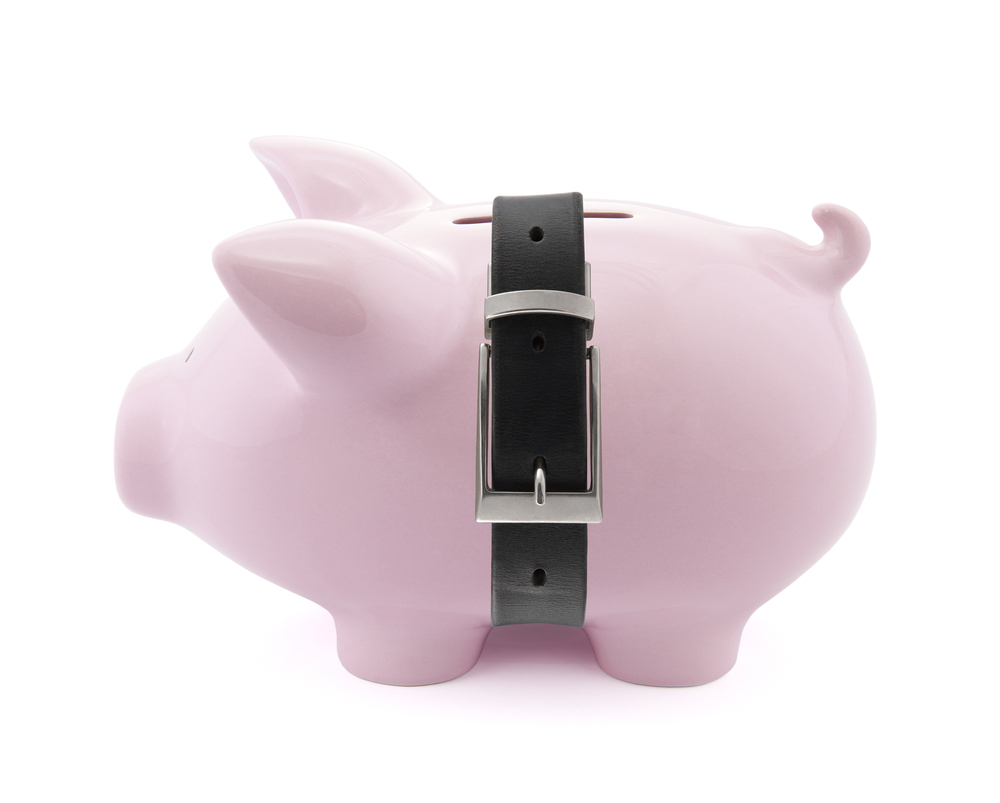News
Inflation falls but it’s not celebration time for savers

The UK inflation figure confounded market expectations by falling in October but the news will offer little relief to beleaguered savers.
Economists had expected an uptick in prices following the fall in the pound since the EU referendum, but the consumer prices index (CPI) rose by 0.9% last month, compared with 1% in September.
Slower rises in the price of clothes and university fees than a year ago contributed to the nudge down.
‘Temporary’ rise
Inflation has a big eroding effect on the value of cash so the less of it the better. As prices rise, the value or spending power of our savings falls.
Unfortunately, October’s inflation fall is expected to be temporary.
In fact, it has been described as a ‘blip’, and inflation of 2%-plus is expected next year.
Adding to the bad news for savers is the fact there aren’t a huge number of savings accounts on the market matching or beating inflation.
Data from Moneyfacts found only 229 of the 636 standard savings accounts available offer more than 0.9%.
In other depressing news, Moneyfacts revealed that rate reductions in the savings market have now outweighed rate rises for 13 months in a row.
In October, the data firm recorded 25 savings rate rises and 240 rate decreases, which translates to around ten cuts to every rate rise, with some deals falling by as much as 0.9%.
“Competitive rates are being removed from the market at such a swift pace due to demand, with 23 ‘best buy’ deals completely withdrawn since the start of October with no replacement. Some deals only sat on the shelf for a few days, which shows how fast savers have to be to grab the top rates,” said Rachel Springall, finance expert at Moneyfacts.
People hoping for a higher return may well start to consider the option of investing in more risky vehicles, which Springall said was a “worrying thought for those ill-prepared”.
Is investment the only option?
Investment firms say savers need to look further up the risk spectrum and invest in bonds issued by companies, rather than governments, and stocks and shares to stand a chance of achieving an inflation-adjusted return.
But there are other options if investing isn’t the right option for you. You could consider high interest paying current accounts, but rates on these are also facing the chop. The rate on the hugely popular Santander 123 account was slashed at the start of November from 3% to 1.5%.
Susan Hannums, director at independent savings advisers Savings Champion, says you could open multiple high interest current accounts and access rates as high as 5% from Nationwide, TSB and Lloyds.
However, Lloyds and TSB will be cutting some rates in January.
“For those with even larger sums, locking at least some money into fixed rate bonds is another way to access the best rates,” Hannums says.
“Having a balance of fixed and variable accounts with access means you’re protecting some money should rates rise or fall.”
There’s also the relatively new world of peer-to-peer lending, which matches savers looking for higher rates of interest directly with borrowers. The downside here is your money is not protected by the Financial Services Compensation Scheme (FSCS).
If you decide to stick with cash products, Hannums says the general advice remains the same.
“Keep a close watch on the rate you’re being paid and switch if it becomes uncompetitive. You can make a good return on your cash, you just need to be more active and vigilant.”